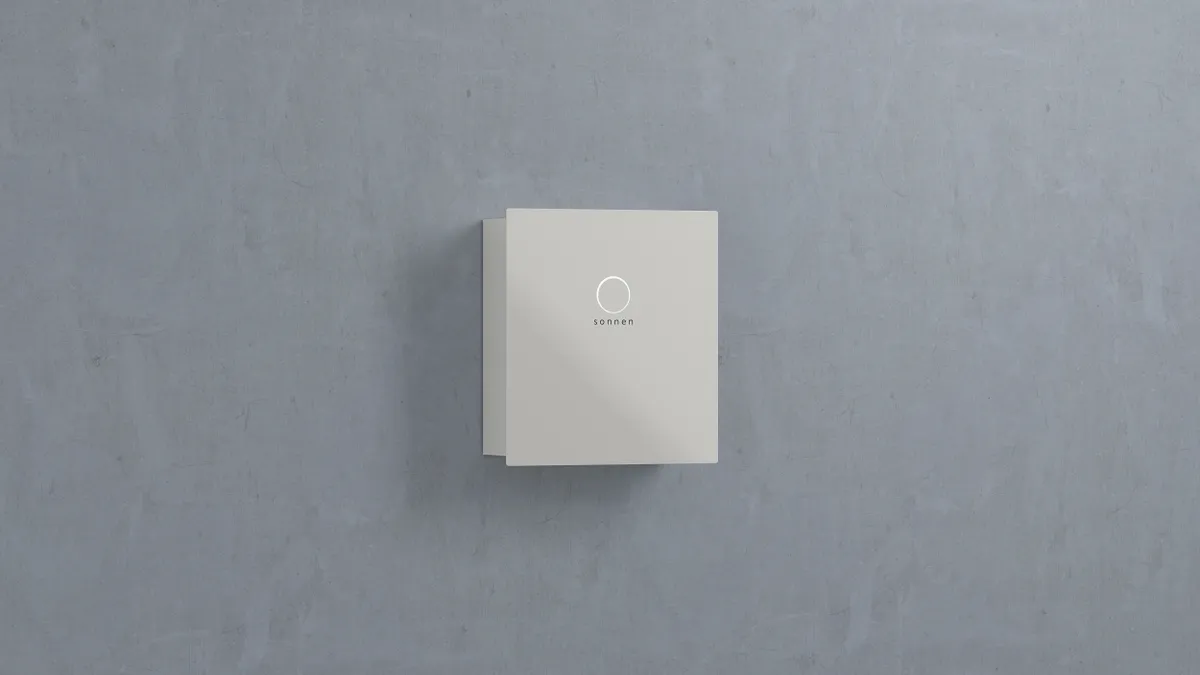No threat to a traditional utility business model would seem to be more clearly defined than the prospect of a community installing a combination of solar panels and storage in order to become independent from the utility grid, or at least substantially reduce demand.
A similar threat from rooftop solar proliferation has raised concerns in recent years that utilities would face a “death spiral," pushed to raise rates to recover costs for grid upkeep as solar customers cut their payments with self-generation. The higher rates, in turn, would make solar power more attractive to more customers, sparking a vicious cycle of declining load and rising prices, resulting in financial ruin for utilities.
Across the nation, utilities have felt enough of a threat from that scenario to push for increases in fixed charges and other rate design reforms to manage the growth of distributed energy resources (DERs). A recent report from the NC Clean Energy Technology Center found there were 26 open regulatory dockets in 18 states relating to fixed charge increases in the third quarter of 2015. Additionally, utilities persuaded regulators in two major solar markets — Hawaii and Nevada — to roll back solar net metering rates before the end of the year.
But just as solar presents a threat of load defection, storage could exacerbate it. Instead of selling excess solar power back to a utility at the height of the day, a storage system can store the excess power and release it in the evening when rates are usually highest. That could represent big savings for owners of solar-plus-storage systems and an equally large reduction in revenues for utilities.
That scenario is playing out in Australia, which is phasing out feed-in tariffs for solar power, and where GTM Research sees a huge potential market for combining storage with solar as a way to make up some revenue lost from feed-in tariffs.
Taking the idea of combining solar and storage a step further, Sonnen (formerly Sonnenbatterie), a German purveyor of smart storage systems, late last year launched sonnenCommunity in its home market. The idea is to link solar and storage devices into a virtual grid that allows members to trade electricity among themselves and sell excess power into the wholesale market, potentially cutting the incumbent utility out of the picture.
Sonnen is now trying to deploy that business model to the United States. In December, the company began shipping its storage systems to U.S. customers. This month, Sonnen formed partnerships with several U.S. companies and opened a headquarters office in Los Angeles.
The partnerships represents the first phase in a strategy that Sonnen hopes will eventually lead to the formation of community storage applications similar to its programs in Germany.
The 'Airbnb of energy'
The company’s ambition is to disrupt the U.S. energy landscape.
“We are the Airbnb of energy,” Boris von Bormann, CEO of Sonnen, said. But the U.S. is very different than Germany.
“The current economic case for residential storage in Germany is vastly different than in the U.S.,” Brett Simon, storage analyst at GTM Research, said.
Germany has a higher proportion of behind-the-meter solar PV and comparatively higher electricity prices, and it offers subsidies for storage. In addition, Sonnen already has a significant amount of traction in the German market. By some estimates the company accounts for about half of Germany's residential battery market, Simon said. The company would have a long way to go to reach that kind of market penetration in the U.S.
Those differences are not lost on von Bormann. In the U.S., it is as if “each state is its own country,” he said. The fragmented regulatory landscape has helped shape Sonnen’s approach to the market.
Sonnen is not looking to compete in markets with low-cost electric power or where the market is dominated by vertically integrated utilities. Top among the company’s initial target markets are Puerto Rico and Hawaii.
Sonnen also aims to offer customers – the company is focusing on residential customers at first – a “financial solution” through its partnership with Spruce Financial in much the same way as solar companies worked around the high initial cost of a solar system by providing customers with lease arrangements.
Von Bormann said the lease model does not work for storage, instead Sonnen will offer ownership through a sort of installment plan as a way of attracting customers. He said a 4-kWh Sonnen storage system would cost just under $10,000 and have a 6.5 year payback period in Hawaii.
“It's certainly an interesting model, but it still hasn't been rolled out at scale, which means the effect on utilities remains to be seen,” Simon said.
Utilities + storage
To some extent, it is a model that already has some precedent in the U.S. market. Many battery manufacturers already reserve the right to dispatch their batteries, especially in the commercial and industrial applications, James Mandel, a principal in the electricity practice at the Rocky Mountain Institute, said. Buying a battery outright is not as cost effective as bundling it into contract to solve a problem such as demand reduction, he said.
“A battery is alike a Swiss Army knife,” Mandel said. It can do many things, but if it is used for just one thing, it may not be cost effective. Batteries are the most cost effective when they are aggregated, he said.
Mandel sees aggregation as the future not only for storage but for all types of distributed resources, but that does not necessarily mean that the aggregation will occur to the exclusion of utilities.
The economics of reducing peak demand in order to save capital expenditures on new power plants are already compelling enough to have prompted several utilities to explore battery installations. In that context, partnerships make sense because they allow for multiple uses for a single battery, Mandel said.
Consolidated Edison, for example, is exploring behind-the-meter batteries through its Clean Virtual Power Plant project, and Vermont utility Green Mountain Power has teamed up with Tesla to offer its Powerwall battery.
Such partnerships make particular sense for municipal and cooperative utilities, which are not driven by the same profit motives as investor owned, cost-of-service utilities, to invest in battery storage to cut peak demand.
The municipal utility in Minister, Ohio, in September teamed up with developer Half Moon Ventures to build a 7-MW storage system that will have multiple revenue streams. And last year, American Electric Power, one of the largest and most traditional utilities in the U.S., embraced that model when it signed a deal with the city of Clyde, Ohio, to build, own and operate a 3.6-MW solar array for the city under a 20-year power purchase agreement.
AEP is taking a similar approach with energy storage. Last September, AEP invested $5 million in Greensmith, a provider of energy storage software and integration services. AEP’s attitude is not “We know best,” but “What is your energy issue and how can we partner with you?” spokesperson Melissa McHenry said.
“Right now everyone is still trying to figure out energy storage,” Mandel said, and utilities seem to have a different perception of storage. They see it as less of a threat because the dispatch is controllable, he said.
Von Bormann said Sonnen is already in discussions with potential utility partners, though he declined to name them. In the U.S., the company is “probably more likely to partner with a utility than to replace one,” he said.





















